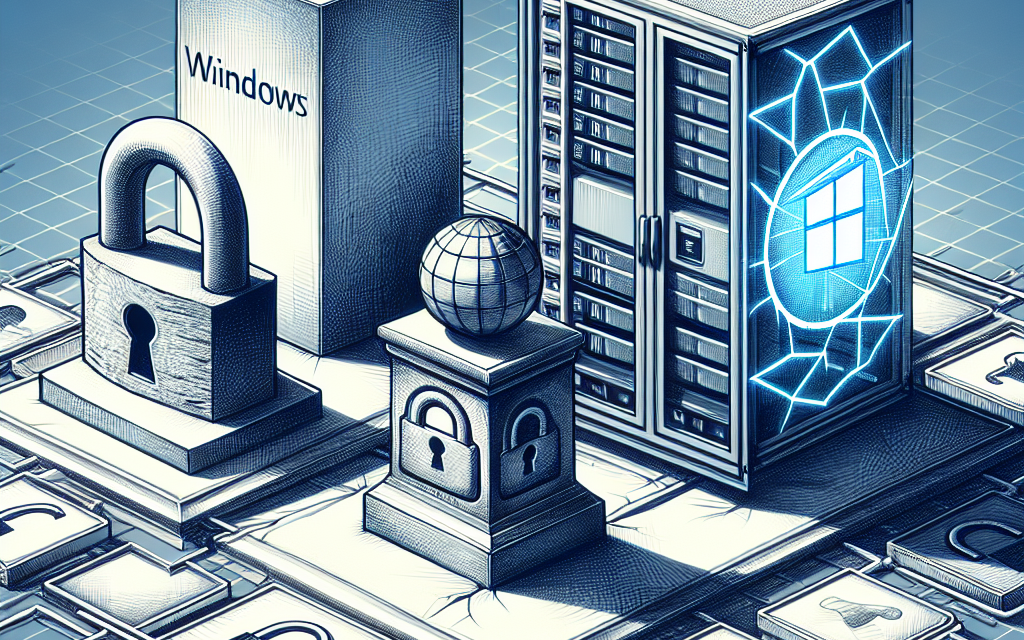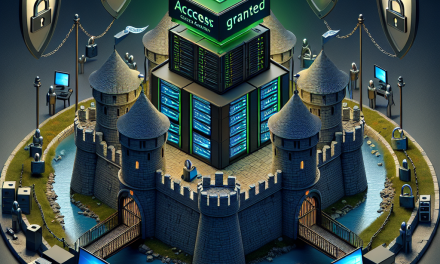In the ever-evolving landscape of IT infrastructure, security holds paramount importance. Organizations are seeking innovative strategies to mitigate risks and safeguard their assets. One effective approach is the implementation of Immutable Infrastructure on Windows Server. In this article, we’ll explore what Immutable Infrastructure entails, its benefits, and how to effectively implement it in a Windows Server environment for enhanced security.
What is Immutable Infrastructure?
Immutable Infrastructure is a paradigm shift from traditional server management. With immutable infrastructure, servers are never modified after deployment. Instead, any changes or updates require the creation of new server instances. This approach improves consistency, reliability, and security by eliminating configuration drift and unauthorized changes.
Benefits of Immutable Infrastructure for Security:
-
Reduced Attack Surface: By ensuring that no changes can be made to the server after it’s deployed, you minimize opportunities for attackers to exploit vulnerabilities.
-
Easier Recovery: In the event of an attack or failure, you can quickly revert to a previous state by redeploying an unaltered and verified instance.
-
Configuration Consistency: Every instance is a replica of a known good state, reducing discrepancies caused by manual configurations.
- Simplified Patch Management: Instead of applying patches to existing machines, simply build and deploy a new instance with the necessary updates.
Implementation Steps for Immutable Infrastructure on Windows Server
Step 1: Assess Your Environment
Before implementing immutable infrastructure, conduct a thorough assessment of your existing environment. Identify the applications, services, and dependencies that will be included in the new model.
Step 2: Choose the Right Tools
Several tools facilitate the creation and management of immutable infrastructure, especially within a Windows ecosystem. Popular choices include:
- Windows Server Containers: Utilize Windows Server Containers for deploying applications in isolated environments.
- Docker: For application containerization and orchestration.
- Infrastructure as Code (IaC) Tools: Tools like Terraform, Ansible, or Puppet can automate the provisioning and deployment of servers.
Step 3: Define Your Immutable Images
Create base images that encapsulate your applications and dependencies. Use tools like:
- Windows Deployment Services (WDS): Streamline image deployment across multiple servers.
- Docker: For container-based applications, encapsulate your applications into Docker images.
Step 4: Version Control Your Images
Implement a version control system for your base images. This process allows you to track changes and revert to previous versions when necessary. Store images in central repositories like Docker Hub or a private image registry.
Step 5: Automate Deployment
Automate deployment processes using CI/CD pipelines. With this approach, every time you make changes to your application or environment, the CI/CD pipeline builds new images and deploys them automatically. Tools such as Azure DevOps or Jenkins can facilitate this automation.
Step 6: Monitor and Log
Establish a robust monitoring and logging system. Utilize tools like Windows Event Viewer, Syslog, and third-party monitoring solutions to track performance, health, and security.
Step 7: Implement a Disaster Recovery Plan
Since immutable infrastructure is fundamentally based on redeployment, a solid disaster recovery plan must be in place. Ensure that you have backups of your images and data, and define clear procedures for deploying new instances.
Step 8: Train Your Team
Ensure that your IT staff is well-versed in the concepts of immutable infrastructure. Provide training on the tools and best practices for managing this architecture.
Conclusion
Implementing immutable infrastructure on Windows Server is a forward-thinking strategy that not only enhances security but also promotes operational efficiency. By eliminating the possibility of unauthorized changes, simplifying patch management, and facilitating faster recovery, organizations can achieve a more secure and resilient IT environment.
As threats evolve, it’s imperative for businesses to adopt innovative frameworks that address these challenges head-on. By following the steps outlined in this article, organizations can embark on a successful journey towards implementing immutable infrastructure, better protecting their data and resources in the process.
Stay informed and adopt modern practices for an optimal and secure Windows Server experience! For more insights on technology and trends, continue following WafaTech Blogs.





